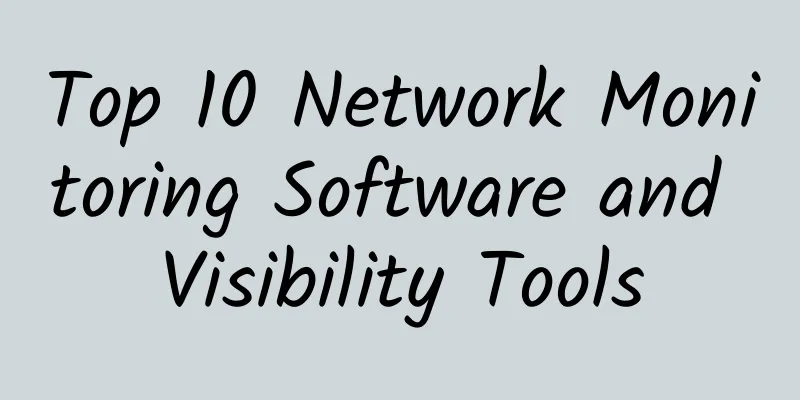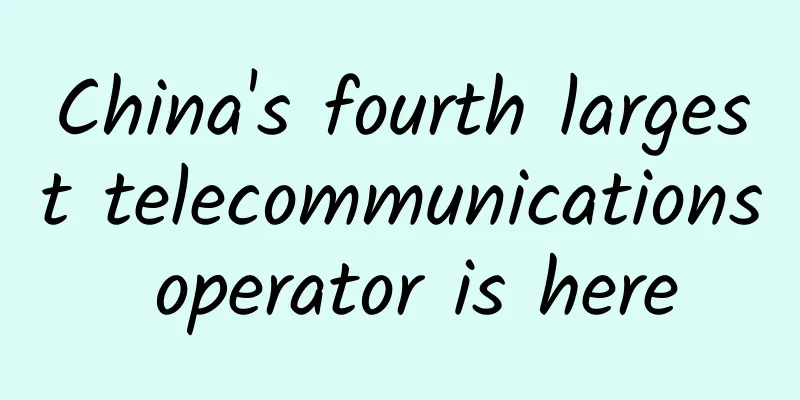Nine 5G trends to watch in 2021

|
Research firm Omdia believes that several 5G trends worth paying attention to in 2021 are as follows:
1). The mobile core becomes a multi-service hub for mobile networks, that is, by supporting 2G, 3G, 4G and 5G services, it becomes the mobile core of mobile networks in the Asia-Pacific region. As for developed countries, most of them focus on the integration of 4G and 5G. 2). Private networks use cloud providers including AWS, Azure and Google Cloud as their mobile core. Questions about performance, price and data security/regulatory compliance must be addressed before widespread MNO use occurs. 3). Off-the-Shell Hardware options for virtualized and cloud solutions have increased, adding acceleration and AI capabilities in addition to general-purpose (HP2) processing. More and more customized OTS platforms have promoted the balance and rationalization of dedicated, virtualized, and cloud-native solutions. 4). 5G core network (5GC) deployment will accelerate in 2021, with more networks choosing to deploy multi-mode cores that support 4G, 5G NSA and 5G SA. The impact of COVID-19 and the shift to distributed network services will expand the use cases for SA network slicing and lower latency services. Transport network operating software will need to be upgraded to support slicing processes, which will have a knock-on effect on network investment. 5) Advanced 5G services such as gaming, VR, and automated applications (robots, vehicles) will see wider trials, proof-of-concepts, and deployments in 2021, with commercial success still to be determined. 5G gaming has been successful in Japan and South Korea, and autonomous vehicles in Japan and China, but widespread commercial success remains elusive. 6) There are almost no advanced services today. It is expected that by 2021, there will be regional or city-based services (e.g. Verizon's Ultra Wideband 5G) such as MEC, network slicing and URLLC services can be launched in a controlled and centralized manner. As for nationwide services, they will be similar to VPNs, but with limited SLAs and KPIs. 7). Continuing to move towards 5G openness in 2021 does not mean that new operators will join. After all, the logistical expenses and costs of testing, integration, operation, training and authorization will increase the growth of new suppliers too much, which is a major obstacle. 8). With the popularization of 5G, security requirements will become higher and higher, because cyber attacks will also increase. To ensure the security of hybrid virtualized, open and cloud-based structures, a device that covers security is needed, which will open up new markets for security supervision and management of networks, platforms and applications. 9) In many parts of the world, 5G is still in the expansion phase. It is expected that 5G networks will not be fully available in the market until 2022/2023. |
>>: 5G changes everything. 5G will have a huge impact on many areas of life
Recommend
5G Imagination in the Internet of Vehicles Makes Transportation Smarter
[[351620]] 5G is one of the Internet of Things co...
Industry 4.0 drives the need for 5G and private networks in the enterprise
According to GlobalData, Europe is leading the w...
AlphaVPS: VPS hosting with large hard disk starts from €15/year, AMD EPYC/Ryzen starts from €2.99/month
AlphaVPS was founded in 2013 and is a leading Iaa...
Current status of 5G networks in various countries: South Korea ranks first in penetration rate, the United States ranks first in network speed, what about China?
In the rapidly developing 21st century, one of th...
Sharktech upgrades bare metal, Los Angeles/Denver/Chicago/Netherlands high-defense servers starting at $79/month, 1~10Gbps unlimited traffic
Sharktech upgraded its website and products this ...
5G private network, analyzing the strategic layout of the three major operators
On July 24, 2021, at the 2021 China 5G Network In...
The successful commercialization of NB-IoT is not achieved overnight
According to media reports, the Ministry of Indus...
The fourth largest operator enters the market, and the 5G market welcomes a new growth point
It has been three years since my country issued f...
What is the Internet of Behavior (IoB)?
One of the fascinating things about technology is...
I bet that after reading this story, you will definitely understand the "computing network"...
A long time ago, there was a city called Paradis...
HostYun: Hong Kong CN2 GIA line Tsuen Wan data center AMD high-performance VPS monthly payment starting from 19.8 yuan
HostYun has added a new VPS product in Hong Kong&...
"Electricity and telecommunications cooperation" to build 5G is a new interpretation of "speeding up and reducing fees"
"It used to cost 100 yuan for one person to ...
What is fog computing and how does it relate to the Internet of Things?
Fog computing is a distributed collaborative arch...
4000 words on TCP timeout and retransmission. If you don't learn anything from reading this, I'll lose.
The previous article introducing TCP, "TCP t...
Working principle of HTTP protocol: a must-read for front-end
Why does the front-end need to understand the HTT...







![[Black Friday] DesiVPS: 1Gbps unlimited traffic high-security VPS annual payment of $26.99, free IP change once a month, Los Angeles data center](/upload/images/67cac01b325a5.webp)

